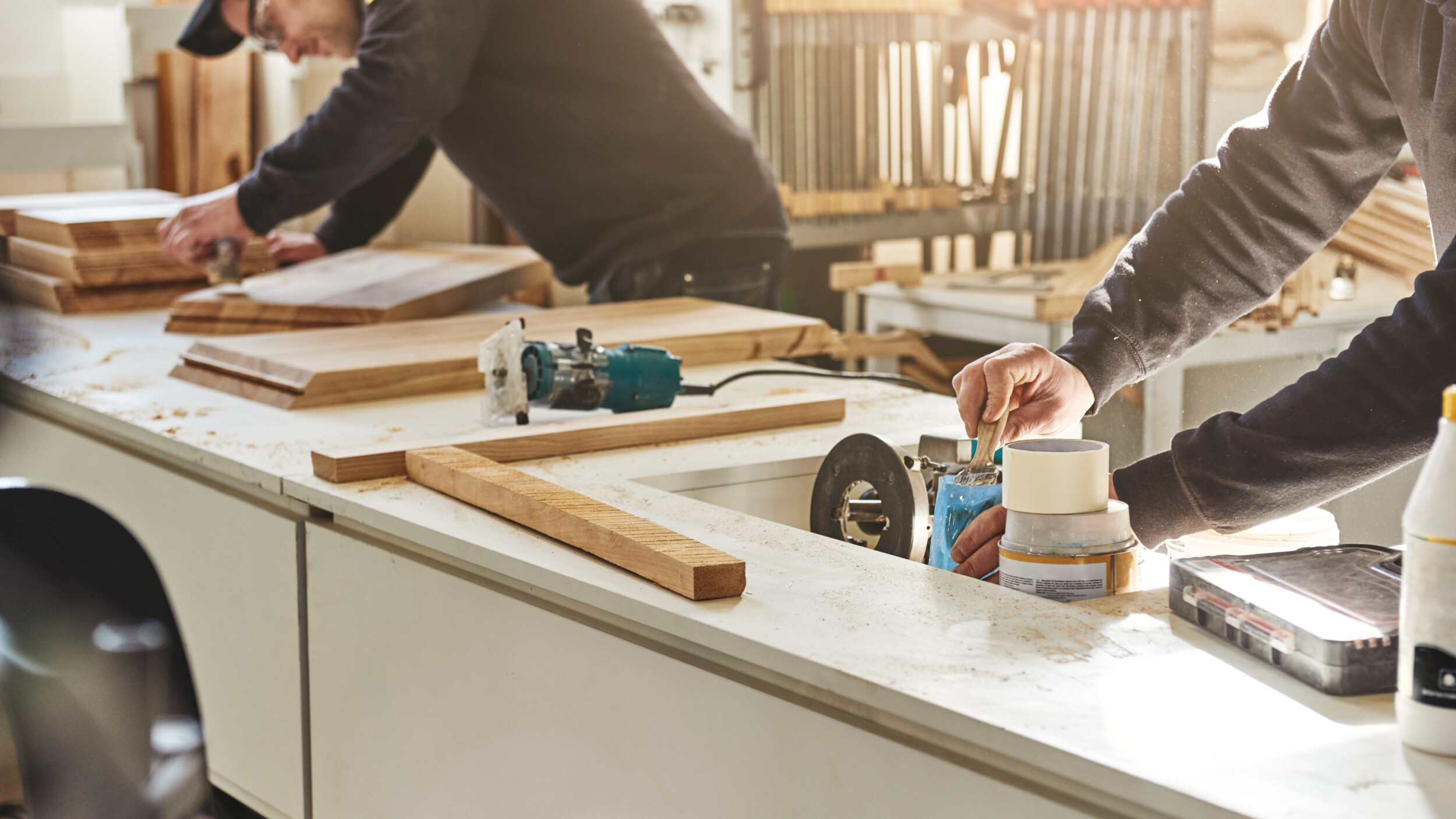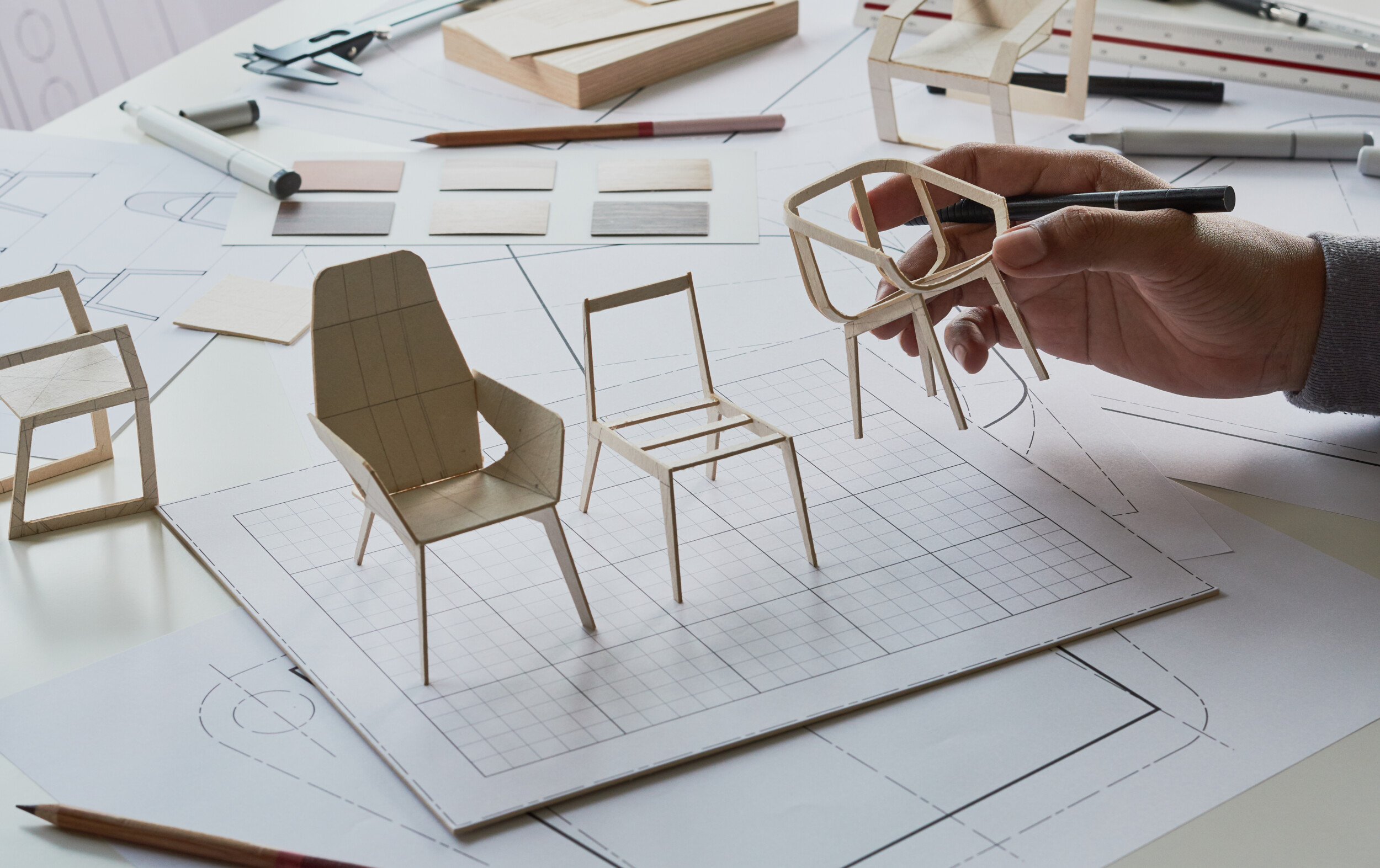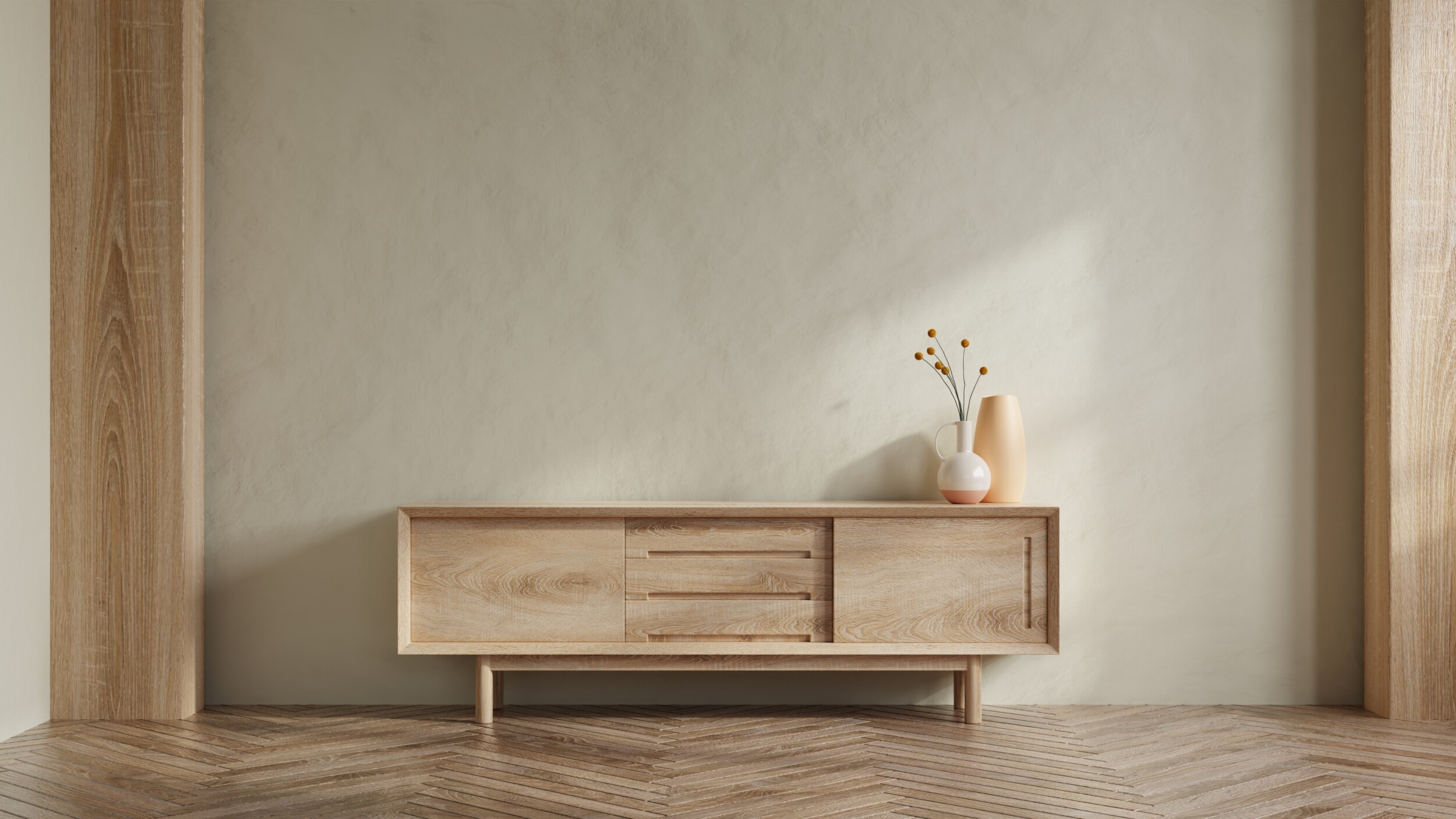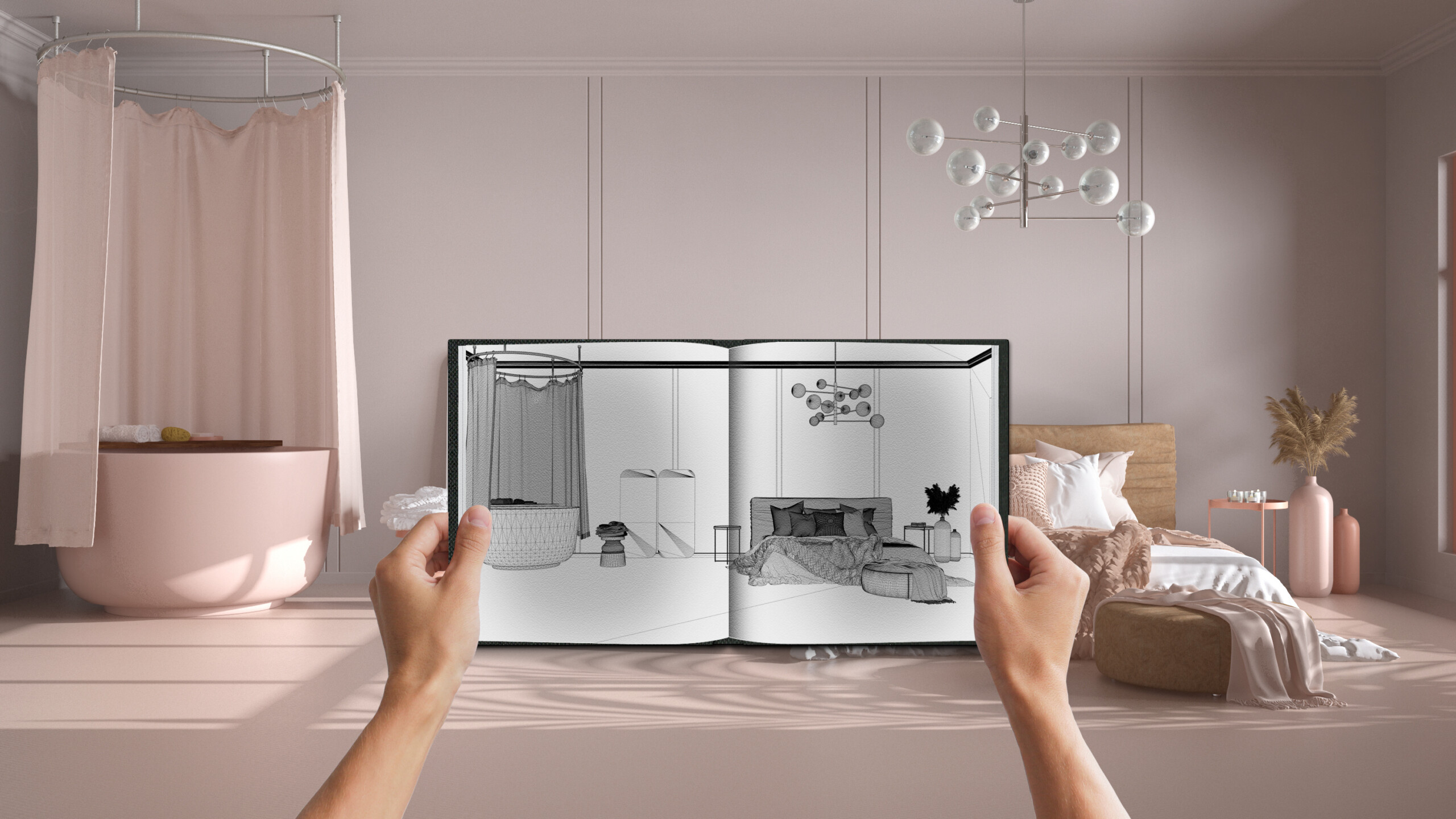When Aaron Poritz says he’s been around by furniture design and art for as long as he can remember, he’s not exaggerating. As a kid he spent a lot of time in his father’s wood shop and sculpture studio, and he ended up studying architecture and ceramics. But after working as an architect in New York for three years, he started designing furniture and other items. Now his company, Poritz & Studio, sells furniture and ceramics of his own design, plus a variety of items by other makers, like leather notebooks, stainless steel graters, and wooden toolboxes. We talked to Aaron about how he got his start and what he says you should think about before you buy your next piece of furniture.
Since you grew up in your dad’s wood shop, in the back of your mind were you always considering a career in furniture design?
From an early age, art, design and making was what came naturally to me. I didn’t know I was going to end up designing furniture but I think I knew I was going to be in the design and art field. I studied architecture in school and worked as an architect before getting into furniture, so in some ways I still identify more as an architect then a furniture designer.

What prompted you to start your business?
I was traveling in Nicaragua, and I met a guy who was exporting old-growth, hurricane-felled wood. He had a shop and I decided to try designing some furniture, as the cost of production was so low there. The initial line ended up getting some attention and it has organically grown from there.
How do you choose the other makers that you feature?
The current makers I work with were people I have met over the past few years through friends family and business connections. They are people I respect as designers and makers and people that I enjoy creating with and working with.

Do you have a favorite piece?
My current favorite piece is the Tambour Credenza. I’ve always loved the sliding tambour door system, but felt it was a bit heavy with the standard wood top and bottom needed for the traditional tambour. I rethought the way the base could be made and worked out a system where the beauty of the tambour can be seen as it turns the corner of the case work. So, for me this is an exciting piece that I feel has never been explored before.
What’s the best part about your job?
I love being able to work with makers and create beautiful objects that are a true collaboration of skill and design. Seeing a finished piece after working on it for four to six months feels really good, and it feels even better when you can share that excitement with another maker.
What’s the most challenging part of your job?
Not knowing where the next project is going to come from can be tough.

How does your architectural background influence your work?
I was trained as an architect, so the way I go about designing furniture is the same way I go about designing a building, so in that sense it has a strong influence.
What inspires you creatively?
I like when a client presents me with his or her criteria for a project. Having guidelines and criteria I need to meet spurs my creativity. Also, I am always inspired by nature. I think that the earth produces the most beautiful and complex colors, shapes, and textures that always seem to be perfect when untouched by man. That is why I tend to use only natural materials and highlight their natural beauty.
Do you have any tips for people when they’re buying furniture?
Good furniture should last longer than you do, so think of furniture as an investment–not something you use for a year then throw out. Furniture can represent your values and aesthetic tastes. Passing down a beautiful piece of furniture is a great way to be remembered within your family.


